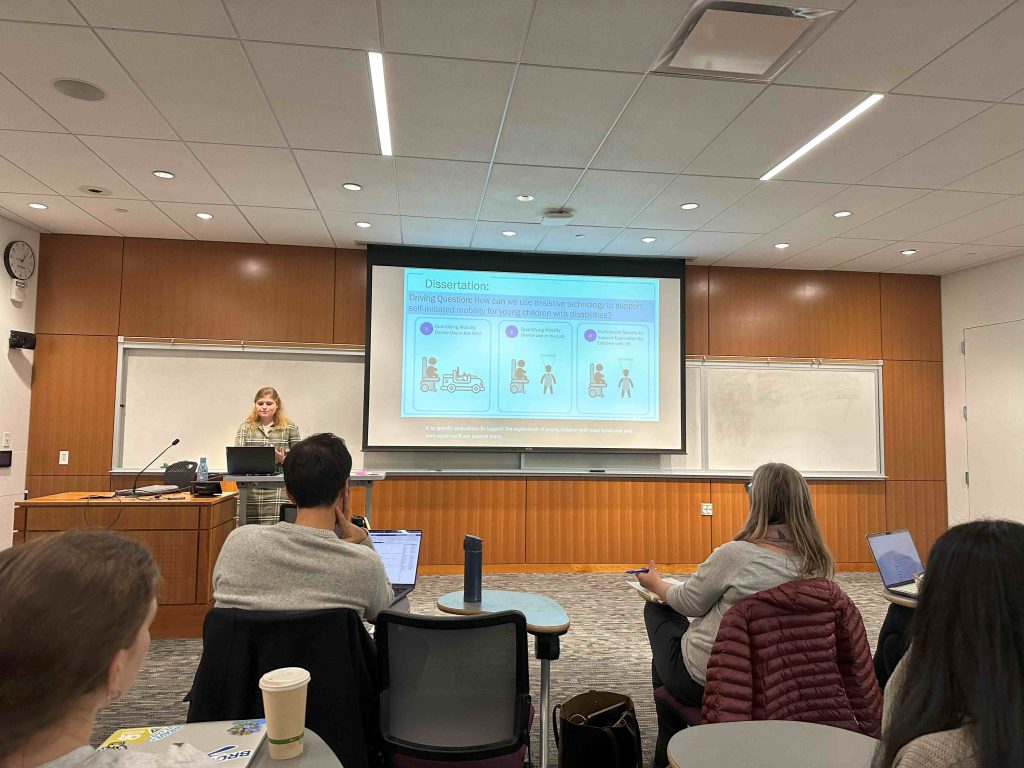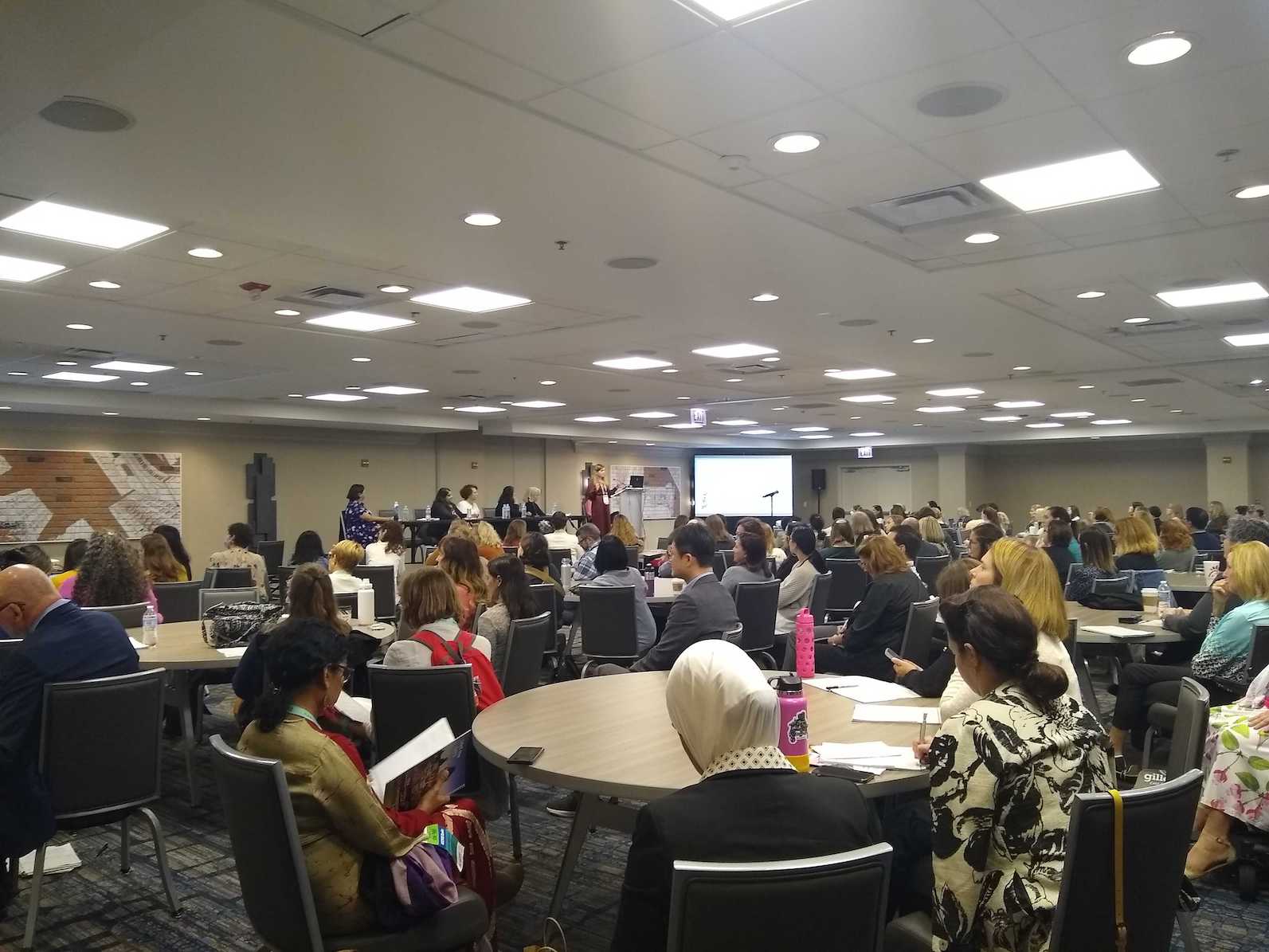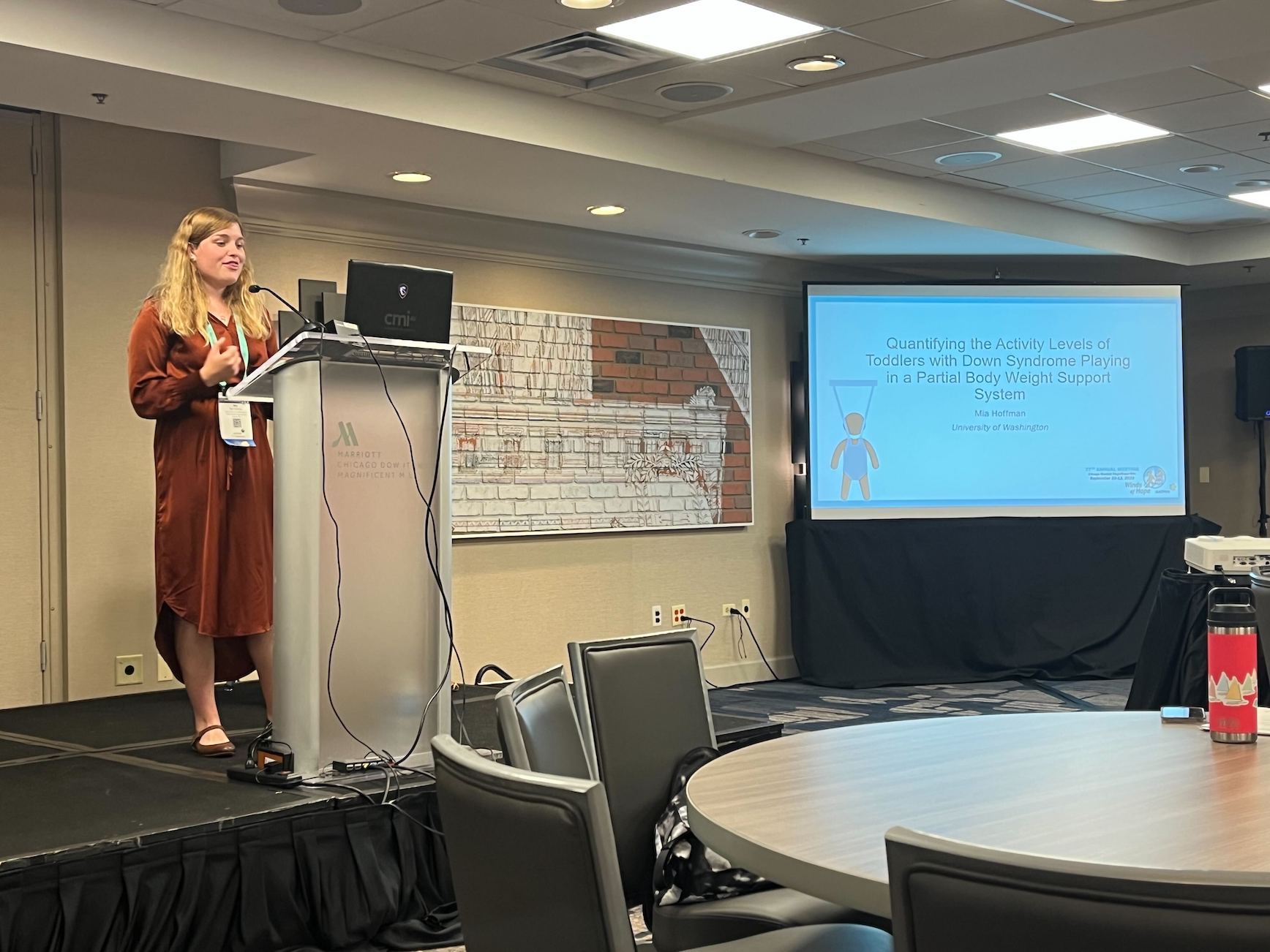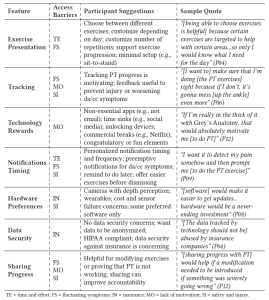Congratulations to Mia Hoffman for passing her General Exam!
Mia’s proposed work titled Quantifying On-Time Access to Mobility was approved by her Ph.D. committee.
Awesome job, Mia!

Congratulations to Mia Hoffman for passing her General Exam!
Mia’s proposed work titled Quantifying On-Time Access to Mobility was approved by her Ph.D. committee.
Awesome job, Mia!

Lab members, Charlotte Caskey and Mia Hoffman attended the 2023 American Academy for Cerebral Palsy and Developmental Medicine (AACPDM) Annual Meeting in Chicago, IL on September 10-13, 2023.
Charlotte gave a poster presentation on “Short-Burst Interval Treadmill Training Increases Step Length and Stability for Children with Cerebral Palsy.”
Mia gave a podium presentation during the Early Detection and Diagnosis session on “Quantifying the Activity Levels of Toddlers with Down Syndrome Playing in a Partial Body Weight Support System.“
Great work in the Windy City!




Journal Article in PLOS ONE:
Causal inference is inherently ambiguous since we cannot observe multiple realizations of the same person with different characteristics. Causal models must be evaluated through indirect means and reasoning.
Aim: The main objectives in conducting this study were to (1) propose a comprehensive model for quantifying the causes and consequences of walking impairments and (2) demonstrate the potential utility of the model for supporting clinical care and addressing basic scientific questions related to walking.
Method: This paper introduced a model consisting of 10 nodes and 23 primary causal paths and demonstrated the model’s utility using a large sample of gait data.
Results: The model was plausible, captured some well-known cause-effect relationships, provided new insights into others, and generated novel hypotheses requiring further testing through simulation or experiment.
Interpretation: This model is a proposal that is meant to be critically evaluated, validated or refuted, altered, and improved over time. Such improvements might include the introduction of new nodes, variables, and paths.
Journal Article in Prosthetics and Orthotics International:
This research provides insights into the lived experiences of individuals with CP and their caregivers regarding the process of obtaining and using an AFO. Further opportunities exist to support function and participation of people with CP by streamlining AFO provision processes, creating educational materials, and improving AFO design for comfort and ease of use.
Aim: The study objective was to evaluate the lived experiences of individuals with CP and their caregivers regarding AFO access, use, and priorities. We examined experiences around the perceived purpose of AFOs, provision process, current barriers to use, and ideas for future AFO design.
Method: Secondary data analysis was performed on semistructured focus groups that included 68 individuals with CP and 74 caregivers. Of the focus group participants, 66 mentioned AFOs (16 individuals with CP and 50 caregivers). De-identified transcripts were analyzed using inductive coding, and the codes were consolidated into themes.
Results: Four themes emerged: 1) AFO provision is a confusing and lengthy process, 2) participants want more information during AFO provision, 3) AFOs are uncomfortable and difficult to use, and 4) AFOs can benefit mobility and independence. Caregivers and individuals with CP recommended ideas such as 3D printing orthoses and education for caregivers on design choices to improve AFO design and provision.
Interpretation: Individuals with CP and their caregivers found the AFO provision process frustrating but highlight that AFOs support mobility and participation. Further opportunities exist to support function and participation of people with CP by streamlining AFO provision processes, creating educational materials, and improving AFO design for comfort and ease of use.
Journal Article in ACM Transactions on Accessible Computing
Many individuals with disabilities and/or chronic conditions (da/cc) experience symptoms that may require intermittent or on-going medical care. However, healthcare is an often-overlooked domain for accessibility work, where access needs associated with temporary and long-term disability must be addressed to increase the utility of physical and digital interactions with healthcare workers and spaces.
 Aim: Our work focuses on a specific domain of healthcare often used by individuals with da/cc: physical therapy (PT).
Aim: Our work focuses on a specific domain of healthcare often used by individuals with da/cc: physical therapy (PT).
Methods: Through a 12-person interview study, we examined how people’s access to PT for their da/cc is hampered by social (e.g., physically visiting a PT clinic) and physiological (e.g., chronic pain) barriers, and how technology could improve PT access.
Results: In-person PT is often inaccessible to our participants due to lack of transportation and insufficient insurance coverage. As such, many of our participants relied on at-home PT to manage their da/cc symptoms and work towards PT goals. Participants felt that PT barriers, such as having particularly bad symptoms or feeling short on time, could be addressed with well-designed technology that flexibly adapts to the person’s dynamically changing needs while supporting their PT goals.
Interpretation: We introduce core design principles (adaptability, movement tracking, community building) and tensions (insurance) to consider when developing technology to support PT access. Rethinking da/cc access to PT from a lens that includes social and physiological barriers presents opportunities to integrate accessibility and adaptability into PT technology.